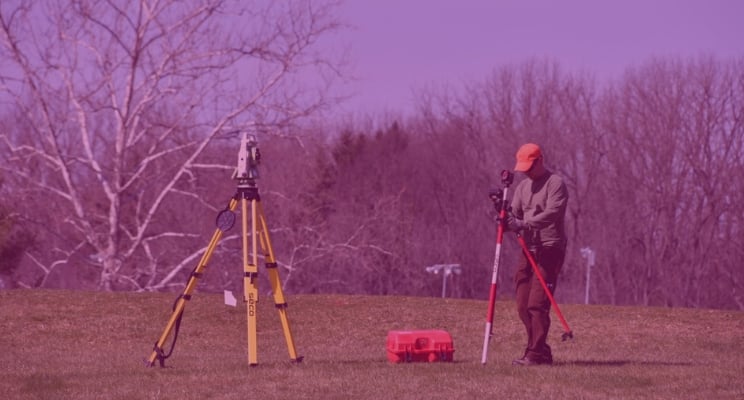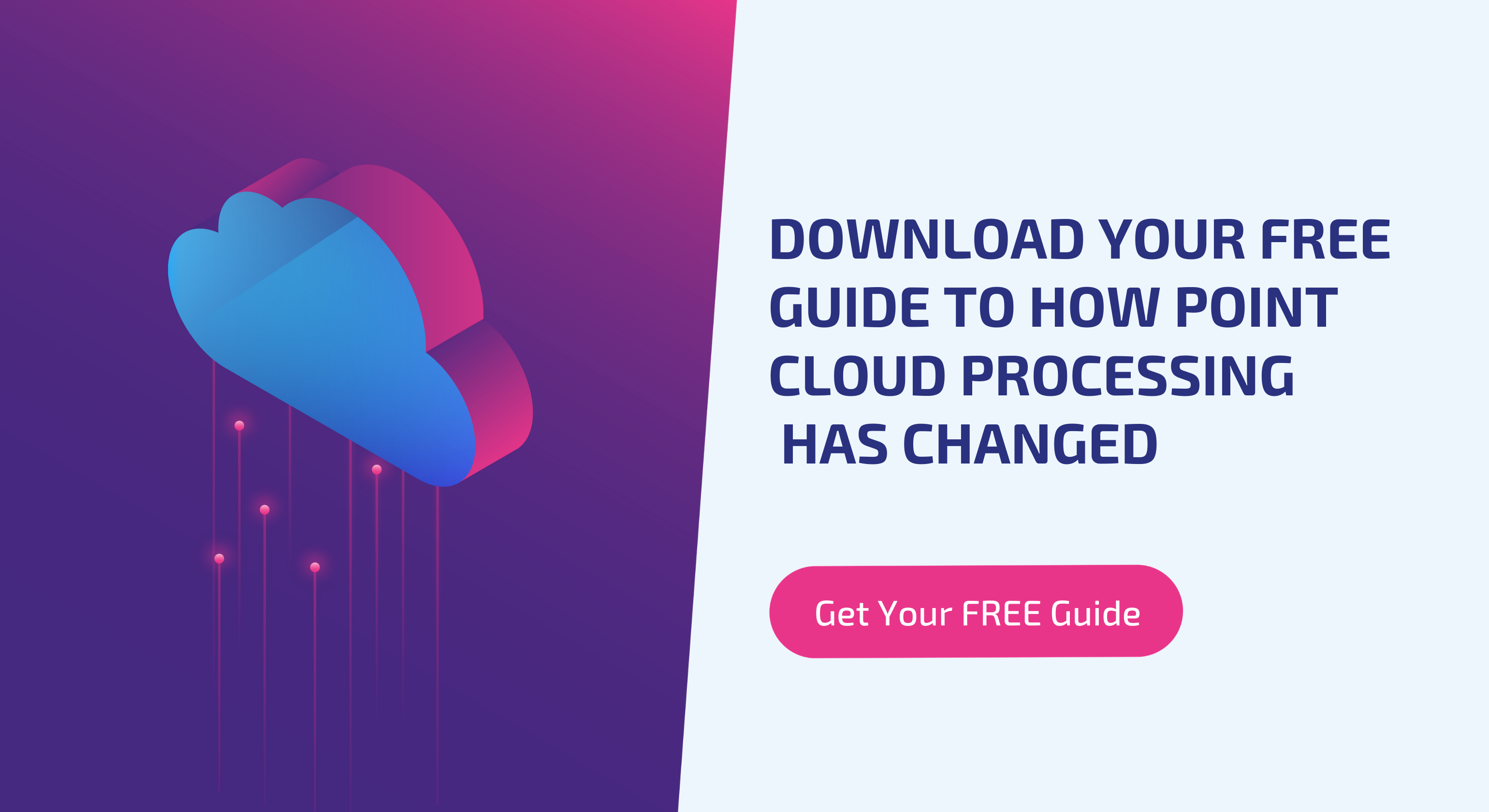How the cloud changes laser scanning

While the construction industry has been slow off the mark when adopting new technology, laser scanning on project sites can now be considered the norm. The current stage in scanning evolution is combining scanning with another transformational technology — cloud computing.
Laser scanning has already delivered increased productivity and quality both in the field and in the office. When combined with the known benefits of the cloud — speed, flexibility and processing power – there is a multiplication factor to the efficiency, application and effectiveness of laser scanners. So much so. It is difficult to imagine laser scanning technology in the future not being built around cloud computing.
Cloud itself has been around for nearly 20 years, even though take up has been patchy in different industries. It can also consider itself as a mature technology. Being a follower in cloud technology has its advantages. By combining two mature, but still innovative technologies, with network advances in fibre and 5G networking, we are already seeing more novel applications and transformational process changes.
Practical changes delivered by the cloud
Within a construction project — and we are talking from initial design through to facilities management – there are many players in many locations – architects, construction teams, surveyors on site, government bodies, engineers and the ultimate client. All in different places with different roles in the process.
With the advent of BIM (Building Information Modelling) the need to have one source of truth for projects, sharing data and monitoring results is firmly pointing towards a cloud solution. And the first place to start is with scanning. So, let’s look in more detail at the areas where cloud is having an impact on laser scanning.
In-field registration
Having people out on site has always been the most time consuming and expensive element of a project. By using distributed scanners, mobile upload and cloud processing, you can reduce the number of hours in the field and get results faster. For example, companies can now carry out a scan survey of a major asset and by the next day, the model can be processed in the cloud and available for the client to view on their mobile.
Faster registration — parallel processing
Legacy point cloud processing software usually follows a serial process that can take days, weeks, or even months. Cloud processing (especially if using multi-stage, vector-based software) can reduce processing time to minutes. Potentially thousands of multi-thread processes (and processors) can be deployed in parallel through distributed cloud computing.
These cloud-based solutions also provide savings on costs due to the positive effects of such agility. Not only do you save on the initial purchase expenses of higher spec hardware, but also financially benefit from the cloud ‘pay-as-you-go’ model of paying only for the storage and processing you need and use.
Depending on the project, you can tailor how you process the data – choosing not only the right “virtual computer” configuration for the task but also the price point to match the time, quality and cost demands of the project.
Less Storage and Processing expertise
Cloud reduces the burden of hardware refresh and maintenance and the need for skilled staff to do it. If your current scanning and processing needs are forcing you to commit too much of your attention to computer and data-storage issues, you won’t be able to concentrate on your own efficiencies or your customer needs.
Equipment needed to establish and maintain on-premises IT is also a costly capital expenditure. It’s easy to take for granted. but these are some of the hardware commitments you are making to maintaining your on-premises IT:
- Servers
- Storage drives
- Firewalls
- Cabling
- Networking
- Cooling equipment
- Power
Higher Resilience
If you run your own localised servers, in case of failure, you should buy more hardware than you need. In extreme cases, you need to duplicate everything. Having spare hardware lying idle is an expensive way to maximise uptime.
Cloud computing services deal with your redundancy requirement. Typical clouds have several locations for their data centres, and they mirror your data and applications across at least two of them. That's a less expensive way of doing it, and another way to enjoy the cloud's economies of scale.
Better Collaboration
When we’re able to communicate better with other teams, the entire construction process is streamlined and made more efficient. The industry has been talking about collaborative working for the last 20 years, Constructing Excellence describe six ‘critical success factors’ for collaborative working:
- Early Involvement
- Selection by Value
- Aligned Commercial Arrangements
- Common Processes and Tools
- Performance Measurement
- Long Term Relationships
When you consider that items 4, 5 and possibly 6 are facilitated by using cloud, you can see its importance. The glue that holds this together is how often and how well laser scanning is performed and how easy it is to access.
Laser scanning captures a very high level of detail, and this helps create a permanent as-built record for both owners and facility managers. In the end, this data can help with building operations, renovations and future building additions and even demolitions.
Useability
Another strong trend in laser scanning, especially with the growing skills gap, is improving user-friendliness. This applies both to operating scanners, processing point clouds into deliverables and uploading to cloud services.
The user-friendliness of one-push-button scanners and walkaround mobile scanning systems will enable less skilled, but much-needed, resources to be deployed. It will also open the floodgates to new types of users and new types of usage.
Wider applications of point clouds
From prototyping to quality assurance, 3D laser scanning and point clouds are becoming an integral part of processes beyond construction and the built environment.
Crime scene forensics
Properly documenting a crime scene is crucial in solving a crime. In recent years, adoption of 3D scanning technology has increased amongst crime scene investigation (CSI) units across the world to aid in the investigative process. Collision investigation teams deployed following a serious or fatal road collision also extensively use laser scanning to document the scene and their findings.
Manufacturing Inspection/verification and QA
Scanners in manufacturing are moving beyond simple use for in-line quality to being applied to production lines and process control. For example, scanned data is being used in factories to ensure welding robots are in the right place at the right time.
Another application ripe for laser scanners is reverse engineering or part-to-CAD; measuring parts originally produced from paper drawings to create 3D CAD models for retrofits and improvements.
Digital Archiving
As we recognise the threats to heritage sites and the loss of famous physical buildings, the scanning of heritage sites and storage in the cloud can preserve physical places with more complete records.
This also touches on the possibilities of AR and VR. We could enjoy virtually visiting digital heritage areas that we would never have been able to access in person.
Efficiency and effectiveness
There is a realisation that data about an asset, through design, construction and ongoing operation, is now as important as the asset itself. Capturing that data early and refreshing it often is the role of the laser scanner. Processing and storing that information for all parties to access is the role of cloud, Merging the two together seamlessly, to deliver efficiency, speed and quality, is the role of point cloud registration software. Together they are providing an irresistible force for change and making us rethink the role of laser scanners.
Tags: laser scanner



